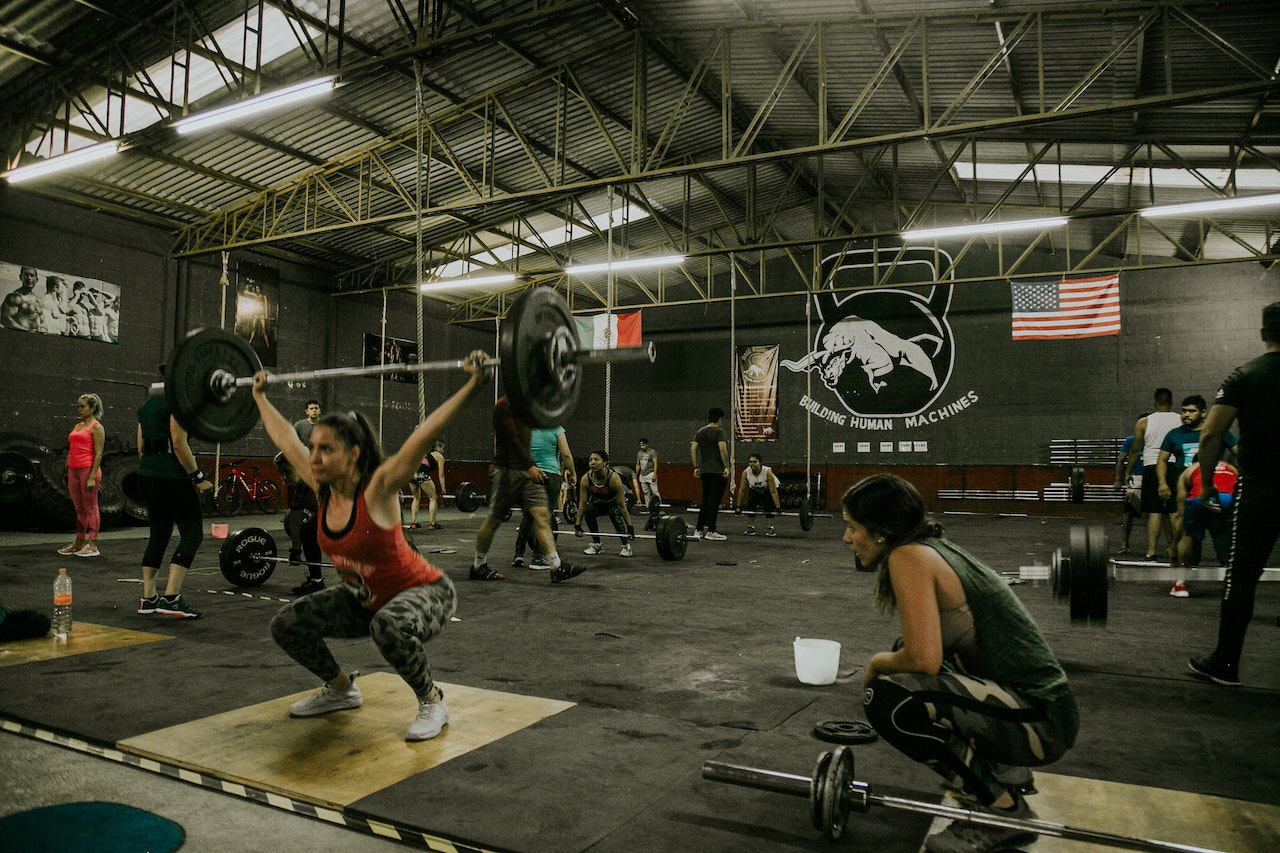Introduction
Powerlifting is a strength sport that focuses on three main lifts: the squat, the bench press, and the deadlift. With the primary goal of lifting the maximum amount of weight for a single repetition, powerlifting requires dedication, technique, and consistency.
In this article, we’ll explore the best powerlifting workouts and approaches to optimize your performance and achieve your goals.
-
The Importance of Periodization
Periodization is a systematic approach to training that involves breaking your workout program into distinct phases. Each phase has a specific focus on developing different aspects of strength and fitness (1). By varying the intensity, volume, and exercise selection, periodization can help you avoid plateaus, prevent overtraining, and maximize your gains (2).
There are several periodization models that powerlifters can follow, including linear, undulating, and block periodization. Research suggests that all three models are effective for improving strength and performance in powerlifters (3). To determine which model is best for you, consult a coach or experiment with different periodization approaches.
-
Powerlifting-Specific Training
Your powerlifting training should primarily focus on the three competition lifts: the squat, the bench press, and the deadlift. To build strength and improve technique, incorporate these key principles into your training program:
a. Progressive Overload
Progressive overload is the gradual increase of stress placed on the body during exercise. To ensure consistent strength gains, you must continually challenge your muscles by increasing the weight, volume, or intensity of your lifts (4).
b. Technique Mastery
Technique is critical to powerlifting success. Proper form not only allows you to lift more weight but also helps reduce the risk of injury (5). Spend time learning and refining the mechanics of each lift, and don’t hesitate to seek guidance from a coach or experienced lifter.
c. Assistance Exercises
Incorporate assistance exercises into your program to target specific muscle groups and address weaknesses. These exercises can help improve your main lifts by strengthening the muscles involved and promoting balance (6). Some popular assistance exercises include paused squats, close-grip bench presses, and Romanian deadlifts.
-
The Role of Accessory Work
While the competition lifts are the foundation of your powerlifting program, accessory work is essential for overall strength and muscle development. Accessory exercises focus on muscle groups that may not receive enough stimulation during the main lifts, such as the upper back, hamstrings, and triceps (7).
Examples of accessory exercises include pull-ups, rows, and dips. Make sure to include these movements in your program to enhance performance and minimize injury risk.
-
Recovery and Nutrition
Recovery and nutrition are integral components of a successful powerlifting program. Prioritize sleep, as inadequate rest can negatively impact strength, performance, and muscle growth (8). Additionally, consume a well-balanced diet that provides adequate protein, carbohydrates, and fats to support muscle growth and recovery (9).
-
The Importance of Mental Preparation
Powerlifting is as much a mental sport as it is physical. Develop mental resilience and focus by practicing visualization techniques, setting realistic goals, and maintaining a positive attitude (10). A strong mindset can significantly impact your performance during training and competition.
Conclusion
Powerlifting is a challenging sport that requires a comprehensive and strategic approach to training. By incorporating periodization, mastering technique, focusing on the main lifts, and emphasizing recovery, nutrition, and mental preparation, you can optimize your performance and achieve your powerlifting goals.
References:
-
Issurin, V. B. (2010). New horizons for the methodology and physiology of training periodization. Sports Medicine, 40(3), 189-206.
-
Painter, K. B., Haff, G. G., Ramsey, M. W., McBride, J., Triplett, T., Sands, W. A., … & Stone, M. E. (2012). Strength gains: block versus daily undulating periodization weight training among track and field athletes. International Journal of Sports Physiology and Performance, 7(2), 161-169.
-
Zourdos, M. C., Jo, E., Khamoui, A. V., Lee, S. R., Park, B. S., Ormsbee, M. J., … & Kim, J. S. (2016). Modified daily undulating periodization model produces greater performance than a traditional configuration in powerlifters. Journal of Strength and Conditioning Research, 30(3), 784-791.
-
Schoenfeld, B. J. (2010). The mechanisms of muscle hypertrophy and their application to resistance training. Journal of Strength and Conditioning Research, 24(10), 2857-2872.
-
Fry, A. C., Smith, J. C., & Schilling, B. K. (2003). Effect of knee position on hip and knee torques during the barbell squat. Journal of Strength and Conditioning Research, 17(4), 629-633.
-
Ebben, W. P., & Watts, P. B. (1998). A review of combined weight training and plyometric training modes: Complex training. Strength and Conditioning Journal, 20(5), 18-27.
-
Gentil, P., Soares, S., & Bottaro, M. (2015). Single vs. Multi-Joint resistance exercises: effects on muscle strength and hypertrophy. Asian Journal of Sports Medicine, 6(2), e24057.
-
Halson, S. L. (2014). Sleep in elite athletes and nutritional interventions to enhance sleep. Sports Medicine, 44(1), 13-23.
-
Slater, G., & Phillips, S. M. (2011). Nutrition guidelines for strength sports: Sprinting, weightlifting, throwing events, and bodybuilding. Journal of Sports Sciences, 29(sup1), S67-S77.
-
Tod, D. A., Iredale, K. F., McGuigan, M. R., Strange, D. E., & Gill, N. (2005). Psyching up’ and powerlifting: the psychological effects of a pre-competition warm-up routine. Journal of Strength and Conditioning Research, 19(2), 393-398.




